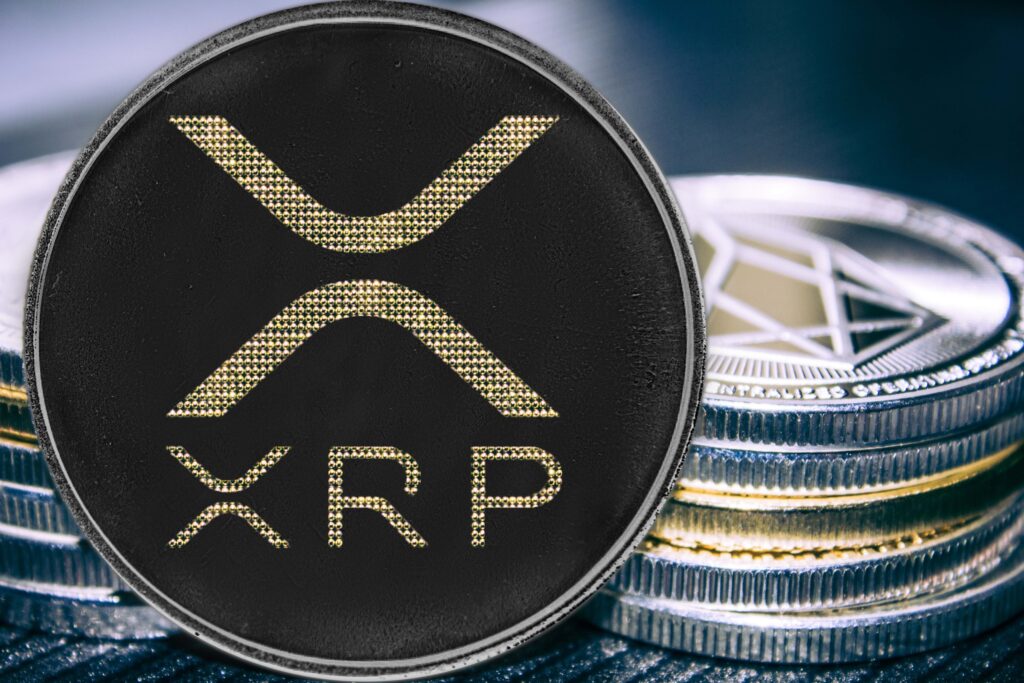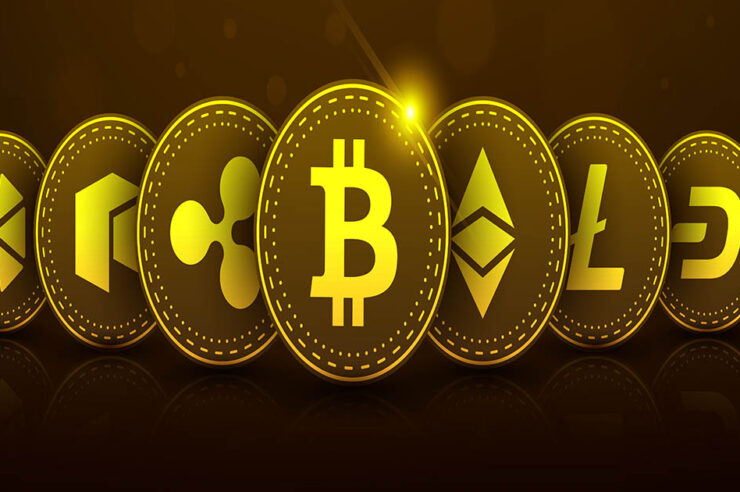cryptocurrencies besides bitcoin:- Bitcoin has spawned an ever-growing army of followers and spinoffs as the de facto industry standard for cryptocurrencies. Not only has it established trends by ushering in a wave of cryptocurrencies based on a decentralized peer-to-peer network.
Here are several cryptocurrencies that have maintained their value despite sharp price increases and decreases.
cryptocurrencies besides bitcoin
1. Ethereum (ETH)
The first Bitcoin substitute on is Ethereum (ETH), a decentralized platform for building and executing smart contracts and decentralized applications (dApps) free from third-party intervention, fraud, or control.
Because people in certain nations who lack governmental infrastructure and official identity may access bank accounts, loans, insurance, and a wide range of other financial goods, this factor makes the consequences for such people more compelling.
2. Tether (USDT)
Tie was one of the first and best-known stablecoins (cryptocurrencies that aim to tether their market value to a currency or other external reference point in order to reduce volatility) (USDT). The majority of digital currencies, even prominent ones like Bitcoin, have experienced moments of tremendous volatility. Tether and other stablecoins strive to eliminate volatility in order to attract users who would otherwise be skeptical. Tether’s price is strongly tied to the value of the US dollar. Instead of truly converting to fiat money, the system enables users to move funds more quickly and easily from other cryptocurrencies back to dollars.

3. USD Coin (USDC)
USD Coin is a stablecoin whose price is pegged to the US dollar using fiat-collateralized reserves. As a result, it retains an amount of fiat money equal to the total supply of USD Coin in circulation.
The Centre Consortium, which also comprises Circle and Coinbase, launched USD Coin in Circle is a regulated stablecoin since it is located in the United States and is subject to regulation as a result.
4. Binance Coin (BNB)
Binance Coin (BNB), a utility cryptocurrency, is used to pay trading commissions on the Binance Exchange.
For individuals that pay for the exchange using the token, trades can be done at a discount.
Binance Coin’s blockchain also acts as the foundation for Binance’s decentralized exchange. Changpeng Zhao founded the Binance Exchange, which is now one of the most popular exchanges in the world.

5. Binance USD (BUSD)
Binance, a cryptocurrency exchange, created USD as a stablecoin that is connected to the US dollar. The stablecoin is governed as well since the New York State Department of Financial Services approved it.
6. XRP
Ripple created the XRP Ledger as a payment system in 2012, and it utilizes XRP as its native token. The XRP Ledger Consensus Protocol is the XRP Ledger’s consensus mechanism, and it does not employ proof-of-work or proof-of-stake for consensus or validation. Client applications sign transactions and send them to the ledger servers. After comparing the transactions, the servers determine that they should be recorded in the ledger.
Before recording the ledger version, the validators check the transaction candidates that the servers have supplied them and determine if the servers have accurately captured the transactions.

7. Cardano (ADA)
Cardano (ADA), a “Ouroboros proof-of-stake” cryptocurrency, was created by engineers, mathematicians, and cryptography experts utilizing a research-based methodology. Charles Hoskinson, one of Ethereum’s initial five founders, co-founded the project. He left Ethereum because he didn’t like the direction it was taking, and he later worked on the development of Cardano.
8. Solana (SOL)
Solana is a blockchain platform that was launched in 2017 with the goal of facilitating decentralized apps (dApps). Solana, dubbed the “Ethereum killer,” processes more more transactions per second than Ethereum. It also offers lower transaction fees as compared to Ethereum.
Solana and Ethereum both allow smart contracts, which are required for running cutting-edge applications like as decentralized finance (DeFi) and non-fungible assets (NFTs).
9. Dogecoin (DOGE)
Some believe Dogecoin (DOGE) to be the first “memecoin,” and its price boom in 2021 caused quite a stir. Some major corporations accept the money, which has a Shiba Inu image as its avatar, as payment.
Dogecoin was created in 2013 by two software developers, Billy Markus and Jackson Palmer. According to sources, Markus and Palmer created the coin as a joke in reaction to the cryptocurrency market’s wild speculation.

10. Polkadot
Polkadot (DOT), a separate PoS token, attempts to promote interoperability between multiple blockchains. Its protocol is designed to connect oracles and blockchains with and without authorisation, allowing systems to interact under a single umbrella. Polkadot is built around the relay chain, which allows different networks to communicate with one another. It also allows for parachains, which are secondary blockchains with their own native currency for certain use cases.
Also Refer:- Best 10 Bitcoin Trading Learning Points
